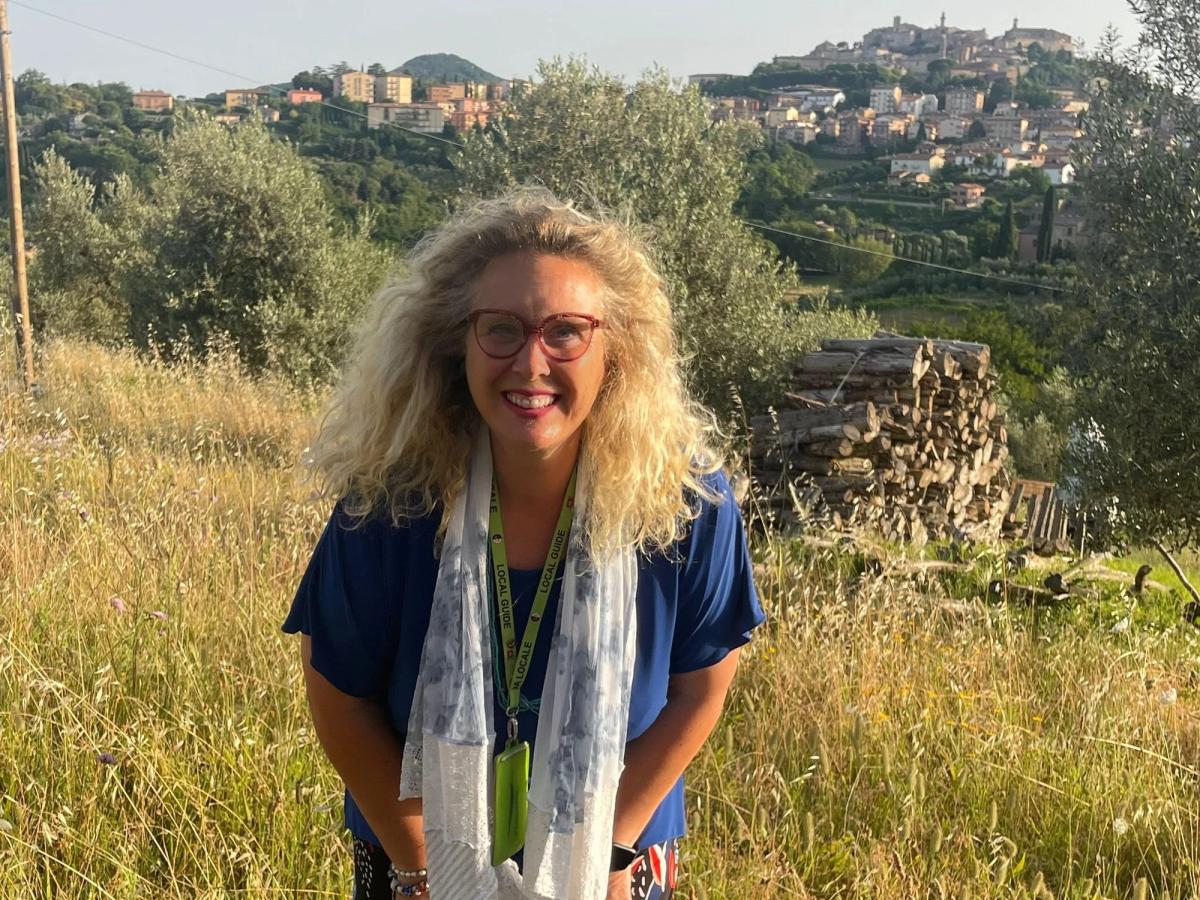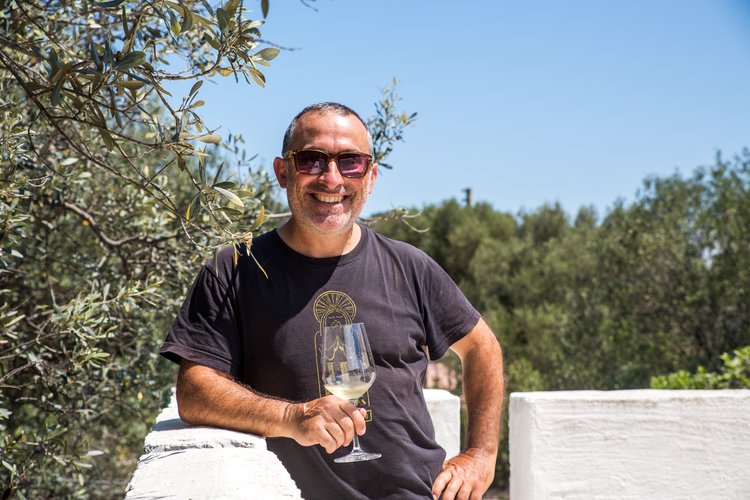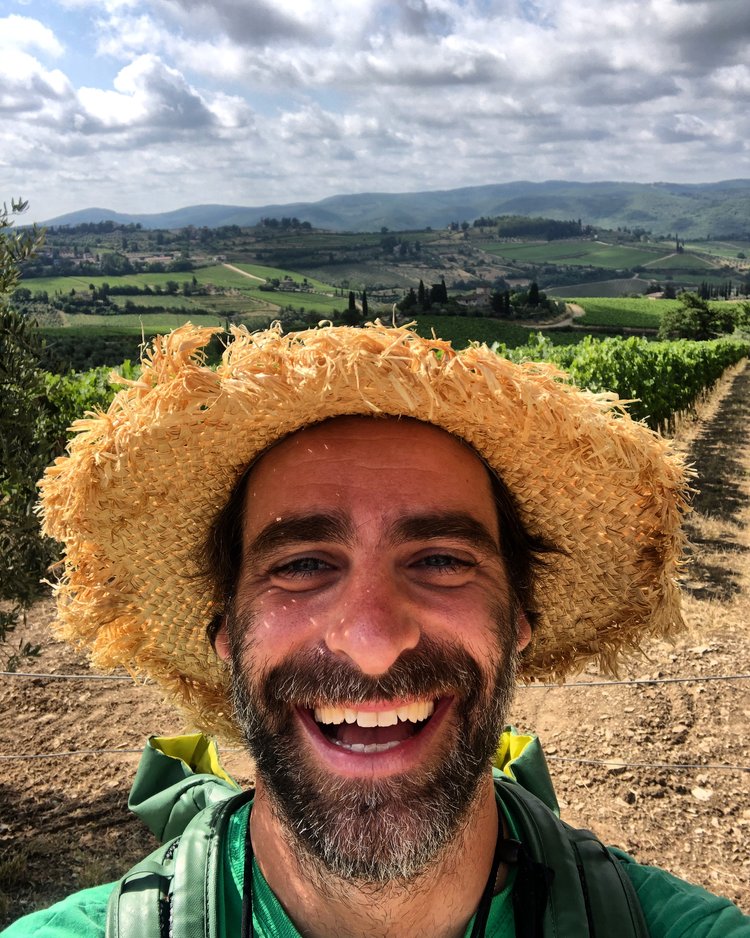Guide to Pisa, Italy
Affiliate disclosure: some of the links in this article are affiliate links. If you book using one of them, we’ll earn a small commission. All of our info is free to read and free of ads, so we appreciate it!
It’s one sight above all others that puts Pisa on the map, but the city’s iconic leaning tower, probably the world’s most famous architectural blunder, is just a part of the appeal of this town at the western edge of Tuscany.
A former Roman port at the mouth of the Arno River, Pisa later became one of Europe’s great maritime powers in the Middle Ages, and finally a lucrative Florentine possession under the thumb of the Medici family. This long and prosperous history is in evidence throughout the city.
The famous Leaning Tower of Pisa and other monuments on the Piazza del Duomo are some of the great masterpieces of medieval Europe, and visitors who wander into the city and explore beyond the piazza discover Gothic churches, a medieval market square, and avenues lined with proud Renaissance palaces.
Meanwhile, the prestigious university that has flourished here since the 14th century still infuses the city with youthful energy and some lively street life.
While most visitors only stick around long enough to take some selfies and maybe climb the tower, those who stay for a day or even longer will discover an appealing and under-appreciated city.
Table of Contents
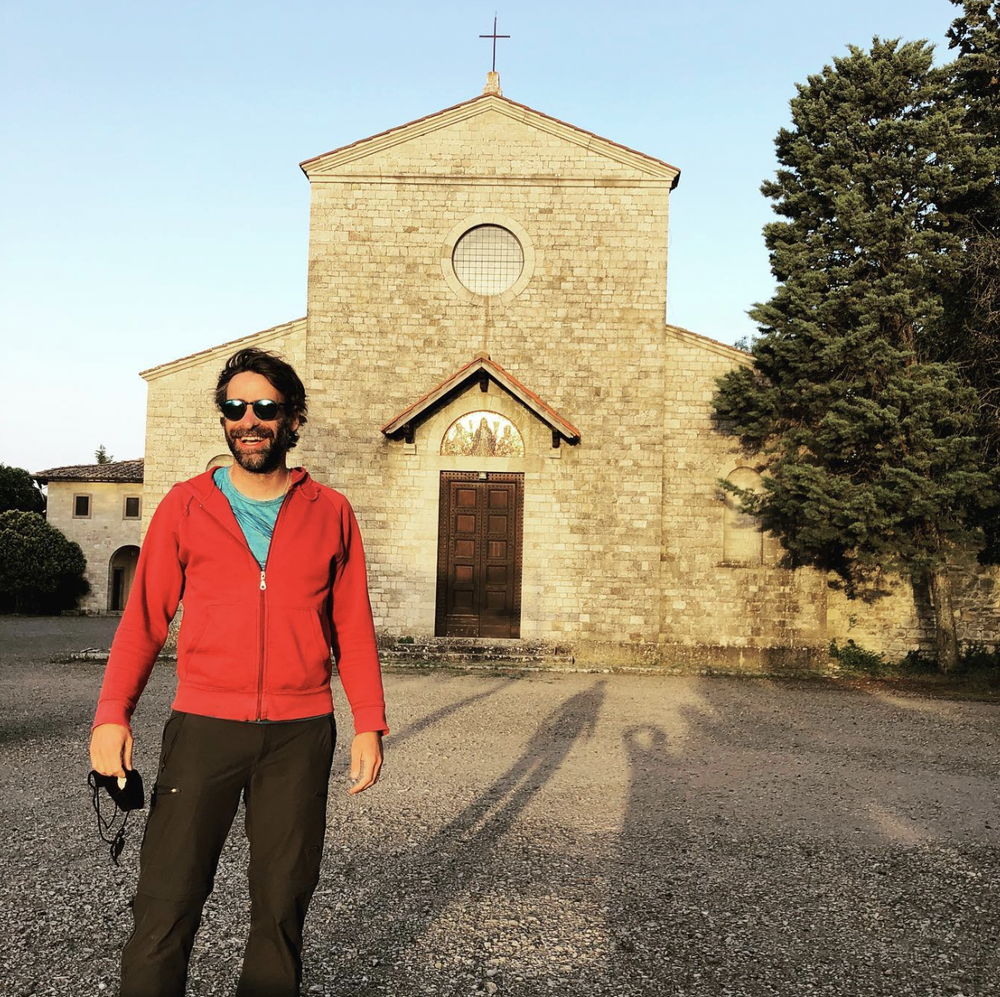

Where is Pisa?
Pisa is in northwestern Tuscany, just inland from the coast and about 100 kilometers northwest of Florence, the region’s capital. Just to its north is the lovely city of Lucca, while coastal Livorno lies just south.
Rome, the capital of Italy is about 350 kilometers south, while the other nearest major city is Bologna, about 170 kilometers to the northeast Bologna.
How to get here
By train
Pisa’s train station is on the south side of the city and the main attractions of the Piazza del Duomo are to the northwest. It’s a pleasant, mostly flat walk of about half an hour across town to reach the Piazza. There are also buses that leave for the Piazza del Duomo from outside the train station.
From Florence: Trains run directly between Florence and Pisa about every half an hour, starting early in the morning and continuing until fairly late at night. The trip takes just around an hour and a one-way ticket costs approximately 10 euros.
From Rome: There are regular direct trains from Rome and the journey typically takes between 3 to 4 hours, depending on whether you get a high speed train or not. One-way tickets cost from 20 to 50 euros and as always, are cheaper if booked in advance.
By plane
Few visitors know this, but Tuscany’s main international airport, Aeroporto Galileo Galilei, is actually in Pisa, and not Florence. The airport is just 3km (2 miles) south of the city center, with service from many Italian cities and European hubs like London, Paris, Frankfurt, and more.
You can get straight into the city center from the airport via the automated PisaMover tram, which goes back and forth between the airport terminal and Pisa Centrale train station every 5 to 8 minutes.
By car
If driving, Pisa can be reached in about 1.5 hours from Florence. You’ll travel along the E35 highway which is well maintained and easy driving. Once in Pisa, much of the historic center is closed to car traffic, so you’ll need to leave your car in a parking lot outside the old town.
If you’re flying into Pisa’s international airport, you’ll find many car rental agencies on-site. You also have a good selection at Florence’s airport and train station (Santa Maria Novella).
To check prices and book, I recommend using DiscoverCars. It’s a car rental website trhat includes offerings from all the major international rental companies as well as lots of smaller local agencies, which often have much better pricing. You can often find great deals.
Why visit
For the vast majority of travelers, the sole reason to visit Pisa is to see the famous Leaning Tower of Pisa and the three other architectural marvels that sit beside it in Piazza del Duomo: the Cathedral, the Baptistry, and the Camposanto cemetery. And that’s what most people do - pop into the city, snap a photo, climb the tower, and then head off for somewhere else.
That’s a shame though as Pisa is a pretty city laid out along both sides of the Arno River, and it’s a pleasant place to wander around for half a day or more.
If you’re headed to the Cinque Terre from Florence, Pisa is basically on your route, so it’s easy to make a quick stop. It’s also near to the port city of Livorno, the pretty city of Lucca, and it has an international airport that most low-cost carriers use instead of Florence. So you may pass nearby at some time even if you didn’t intend to.
How long to spend
The Arno River cutting through the center of Pisa. Photo: Arne Müseler / www.arne-mueseler.com, CC BY-SA 3.0 DE, via Wikimedia Commons
For most visitors to Pisa, the question of how long to spend comes down to hours not days. Every year, millions of day trippers pour in, often from Florence, and usually come just to see the Leaning Tower and other attractions in the Piazza del Duomo square before rushing off.
That’s a shame, because Pisa is a pleasant medieval and Renaissance city with much to offer just beyond its famous tower, and with a bit more time you can actually get a feel for the place beyond just its one iconic site.
If you’re just coming to see and climb the leaning tower and visit the other sights in the Piazza del Duomo, give yourself 1-2 hours in Pisa. Try to come either early in the morning before the tour buses arrive, or late in the evening after they’ve left. Coming any time after 9:00 am and before 5:00 pm essentially guarantees that you’ll be surrounded by crowds.
A full day in Pisa gives you time to see the the tower and sights at the Piazza del Duomo (ideally visiting first thing in the morning, before the masses have arrived), before heading into the actual city.
Walk through the medieval marketplace, stroll along the banks of the Arno River, and meander up and down some of the many atmospheric old streets.
If you decide to stay overnight, that would let you experience the Piazza del Duomo once the crowds have left and see the monuments floodlit against the night sky.
Pisa can also be pleasant place to spend a few days, as it’s a convenient base for day trips to places like Lucca, Livorno, Volterra, and the nearby coast.
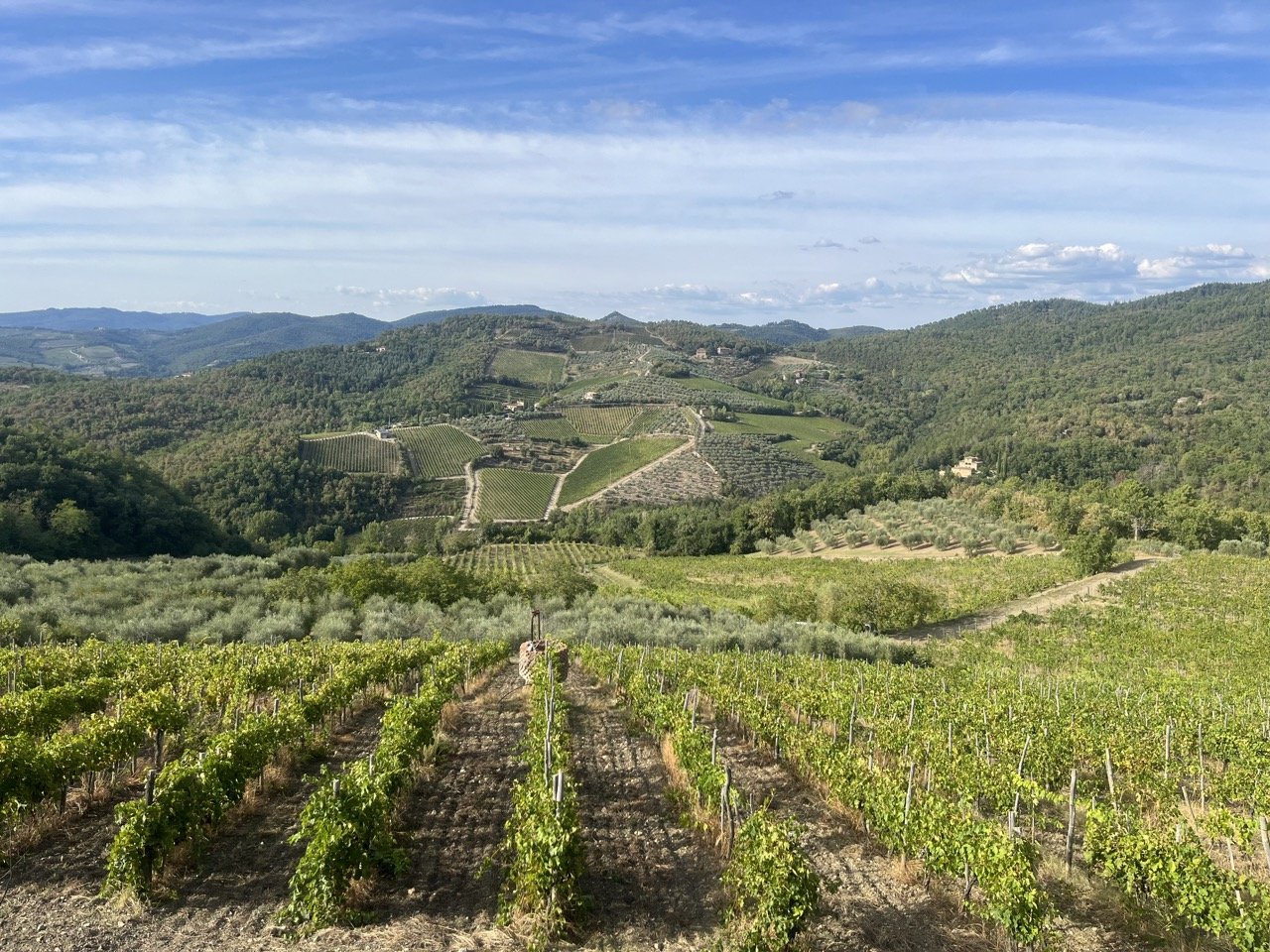
What to see and do
1. See the monuments in Piazza del Duomo
Piazza del Duomo, on the northwestern edge of the city, is also known as Piazza dei Miracoli (Piazza of Miracles) and Campo dei Miracoli (Field of Miracles). These names derive from the sheer spectacle of this harmonious space, an assemblage of four great medieval monuments sheathed in white marble.
The Leaning Tower
Italy’s most famous monument is also one of the great architectural failures of all time. Not long after the bell tower of Pisa’s cathedral began to rise in 1173 workers detected a distinct lilt and work was called off. Subsequent measures stabilized the structure and work resumed, and the soft, sandy soil beneath it has recently been shored up with concrete.
So, it appears that for the time being this circular tower that rises gracefully in eight arcades will continue to enchant onlookers, with its precarious tilt adding to the appeal. Visitors, in turn, will go on posing on the lawn below to make it look like they are propping up the marble structure (or leaning against it, or kicking it, the antics seem endless). Those willing to pay a fairly steep fee can climb 293 steps to the top.
The Cattedrale
The shining example of a style known as Pisan Romanesque was begun in 1060, and the exuberant effect of the many tiers and arches on the façade show off a definite Arabic influence. It’s said that Galileo Galilei discovered the law of perpetual motion when, some time around 1588, he observed the swing of a bronze chandelier while sitting through lengthy services in the harmonious interior.
It’s also said the he came upon his law of falling bodies - an observation that all objects fall downward at the same force - by dropping balls off the adjacent tower.
The Battistero
In keeping with its position on the sandy soil of the Piazza dei Miracoli, the largest baptistery in Italy leans distinctly, though less precipitously than its more famous neighbor. A hexagonal, 13th-century pulpit by Nicola Pisano, sculpted with scenes from the life of Christ and resting atop pillars rising from the backs of three lions, is said to be one of the first works of the Renaissance.
Guards will periodically demonstrate the perfect acoustics of the round structure by breaking into song, producing a melodic phenomenon.
The Campo Santo
The medieval nobles of Pisa clamored to get a spot for eternal rest in this hallowed ground, laid out on soil the Crusaders brought back with them from the Holy Land. The deceased lie in sculpted sarcophagi lining a vast Gothic cloister, decorated in part with frescoes depicting the Last Judgement and other sobering themes.
Pisa's Cathedral and Leaning Tower
The Battistero
Campo Santo
2. Take a walk through the city
Borgo Stretto, a lively shopping street lined with places with medieval and Renaissance palaces, leads through the old city. An especially colorful spot is Piazza delle Vettovaglie. The name means “provisions” and a 16th-century loggia still shelters a morning fish and vegetable market.
The graceful Ponte di Mezzo crosses the Arno and provides a good view of one of the city’s most elegant churches, the Gothic-style Chiesa di Santa Maria della Spina, wedged onto the south bank.
Shop-lined Corso Italia continues into the modern city, where one of the more surprising sights is the Tuttomondo mural, painted by the American street artist Keith Haring in his distinctive pop art style.
Pisa's historic center
3. Stop by the Piazza dei Cavalieri
The Piazza dei Cavalieri, the seat of government when Pisa was one of the world’s most powerful empires, was long known as the Piazza delle sette vie, because the seven main streets of the city converged here.
Officials met in the Palazzo del Popolo e degli Anziani (The Palace of the People and the Elders), while the statue of Cosimo I Medici in the middle of the square appeared when Florence conquered Pisa in the early 1500s.
4. Take a breather in the Orto Botanico
The first university botanical garden in Europe, founded In 1544, is a delightful oasis in the city center, full of fountains, ponds, and flowers and plants from around the world that flourish in greenhouses and 148 well-tended beds. Highlights include a towering Gingko tree and many exotic-looking aquatic specimens.
5. Admire art in the Museo Nazionale di San Mateo
Pisa’s collection of medieval and Renaissance art that once adorned the city’s churches now fills the salons and cloisters of a former convent on the banks of the Arno. Some worthy works include an altarpiece by Sienese master Simone Martini, and especially intriguing are the Arabic ceramics that craftsmen worked into facades and decorative friezes when Pisan ships sailed back and forth to the Middle East.
6. Pop over to Lucca on a day trip
The charming town of Lucca works its magic on just about everyone who visits. A stroll through the handsome streets and squares (one on the footprint of a Roman amphitheater) can be followed up with a walk along the city walls—a circuit of 4km (2 ½) miles, perfectly intact and planted with stately trees.
The trip by train from Pisa takes about half an hour.
Lucca
7. Explore the nearby coast
An easy seaside escape from Pisa is a trip into Parco Regionale Migliarino San Rossore Massaciuccoli, a vast nature preserve of 22,500 hectares (56,000 acres) due west. Some of Italy’s most pristine landscapes shelter pine forests, marshlands, dunes, and sandy beaches.
The region is laced with hiking paths and cycling routes and is home to herons, flamingos, and other migratory birds.
8. Visit Volterra
It's a challenge to get to Volterra from Pisa by public transportation, but by car this noble hill town is only an hour away and well worth the trip. Volterra is one of the highest of the Tuscan hill towns, set at the edge of a bluff 540m (1,772 ft.) above the valley below, and you’ll see it long before you arrive.
This somber, Gothic town has two claims to fame: It’s home to the Volturi in the Twilight Saga and, of more lasting historic importance, was one of the largest cities of the Etruscans. This cultivated civilization that flourished almost 3,000 year ago left behind a treasure trove of artifacts that include remarkable funerary urns—often elaborately carved with touching depictions of the interred—that are showcased in the Museo Tuscano Guarnacci.
Volterra


Where to stay
Pisa is much more geared to day trippers than to overnighters, and the hotel selection is accordingly fairly limited. Most of the hotels in the city would be best described as “functional” so if you’re spending the night, tempter your expectations and save your budget for other locations with hotels that are more worth a splurge.
Rates in Pisa don’t fluctuate much throughout the year, though hot-and-humid August, when everyone would rather be at the beach, is generally considered to be low season.
Below are a few solid hotel choices, most of which are located right within the historic center. Note that all rates mentioned are for a double room with breakfast included.
Palazzo Cini - Stylish accommodations in a 19th-cenutry palazzo near the train station and an easy stroll from the main sights. From 170 euros to 200 euros.
Hotel Bologna - Rooms tucked away in a quiet neighborhood off Corso Italia are comfortable and handily situated midway between the station and Piazza del Duomo. From 100 euros to 120 euros.
Hotel Roma - The biggest amenity is the proximity of the Piazza del Duomo, and with a neck crane from some of the comfortable rooms you might even catch a glimpse of the famous tower. From 90 euros to 120 euros.
Royal Victoria Hotel - This Arno-side landmark has changed very little since it was a fixture on the 19th-century Grand Tour - Charles Dickens was a guest - and the character-filled accommodations are a Pisa attraction in themselves. From 80 euros to 120 euros.
Hotel Novecento - The contemporary-style rooms in an old villa are pleasant enough and there’s a nice garden in the hotel courtyard. From 75 euros to 100 euros.
Weather in Pisa
In summer, especially from July through early September, it seems that every visitor who sets foot in Italy makes a stop in Pisa, often for only an hour or two. As such, the city is incredibly packed with visitors all throughout these months.
June is especially animated, not with visitors but with Pisans enjoying their city during the Luminaria on the 16th on the month, when 70,000 candles illuminate the street and squares,followed by a regatta on the Arno River on the 17th.
The scene calms down significantly as fall sets in. The crowds really thin out, making a visit much more pleasant, and the temperatures are pleasantly warm in the daytime, and only a little chilly at night. Spring is much the same, but a bit wetter.
Winter sees chilly days and grey and sometimes rainy weather, but it can still be fairly pleasant. There are far fewer visitors during the winter and it can be a very nice time to experience local life uninterrupted by the typical tourist crowds.
How to spend a day in Pisa
Morning
A day begins at the city’s main attractions, the Leaning Tower and other landmarks on the Piazza Del Duomo. Get here early to avoid the crowds so you can take in the beauty of this harmonious space.
Once you’ve seen the sights here, explore the rest of this appealing medieval and Renaissance city.
You’ll want to walk through Piazza dei Cavalieri, the seat of government when Pisa was one of the world’s most powerful empires, and into the medieval city around Piazza delle Vettovaglie.
Afternoon
The medieval quarter is a good stop for lunch, before heading toward the train station for the short trip to Lucca. On the way, stop on the graceful Ponte di Mezzo for a good view of one of the city’s most elegant churches, the Gothic-style Chiesa di Santa Maria della Spina, wedged onto the south bank.
One more stop is pop artist Keith Haring’s Tuttomondo mural, an incongruous presence in this old city.
With an afternoon in Lucca you’ll have time to appreciate the beauty of the facades of the churches of San Frediano and San Michele, see the Piazza dell’Anfiteatro, an oval-shaped spaced laid out on the site of the Roman amphitheater, and step into the cathedral.
And no visit to Lucca is complete without a walk or bike ride around the city’s circuit of walls.
Evening
You can easily be back in Pisa in time for dinner and a late-night walk to see the Leaning Tower and other monuments floodlit at night.
Restaurants and dining
When it comes to food, Pisans enjoy the best of two worlds - fish and seafood from the nearby Ligurian Sea, and produce, game, and beef from the surrounding farmlands.
They even have their own fast food, cecina, a flatbread made of chickpeas. A popular spot to try a slice, along with excellent pizzas, is Montino.
Here are some of my other favorite spots in the city:
Caffè dell’Ussero - One of Italy’s oldest coffee houses has been a fixture on the banks of the Arno since 1775 and accompanies coffee and wine with prosciutto platters and other light fare. Snack or light meal for two about 25 euros.
Il Campano - Perfectly grilled steaks and robust pastas are served in an atmospheric 18th-century tower house. Dinner for two about 80 euros.
La Buca 2 - Pisa’s favorite spot for fresh seafood serves simple renditions of clams, mussels and other fresh catches along with flavor-packed seafood pastas. Dinner for two about 80 euros.
Osteria dei Cavalieri - Everything is fresh and local at the “Restaurant of the Knights,” with a focus on seafood-rich pastas and grilled meats, served in 12th-century stone rooms. Dinner for two about 70 euros.
Trattoria Sant’Omobono - Many of the ingredients for the delicious pastas and other dishes served in a former church come from the produce market across the square. Dinner for two about 60 euros.
More Tuscany travel info
For more advice on planning your trip to Tuscany, have a look at some of our other guides and itineraries!
